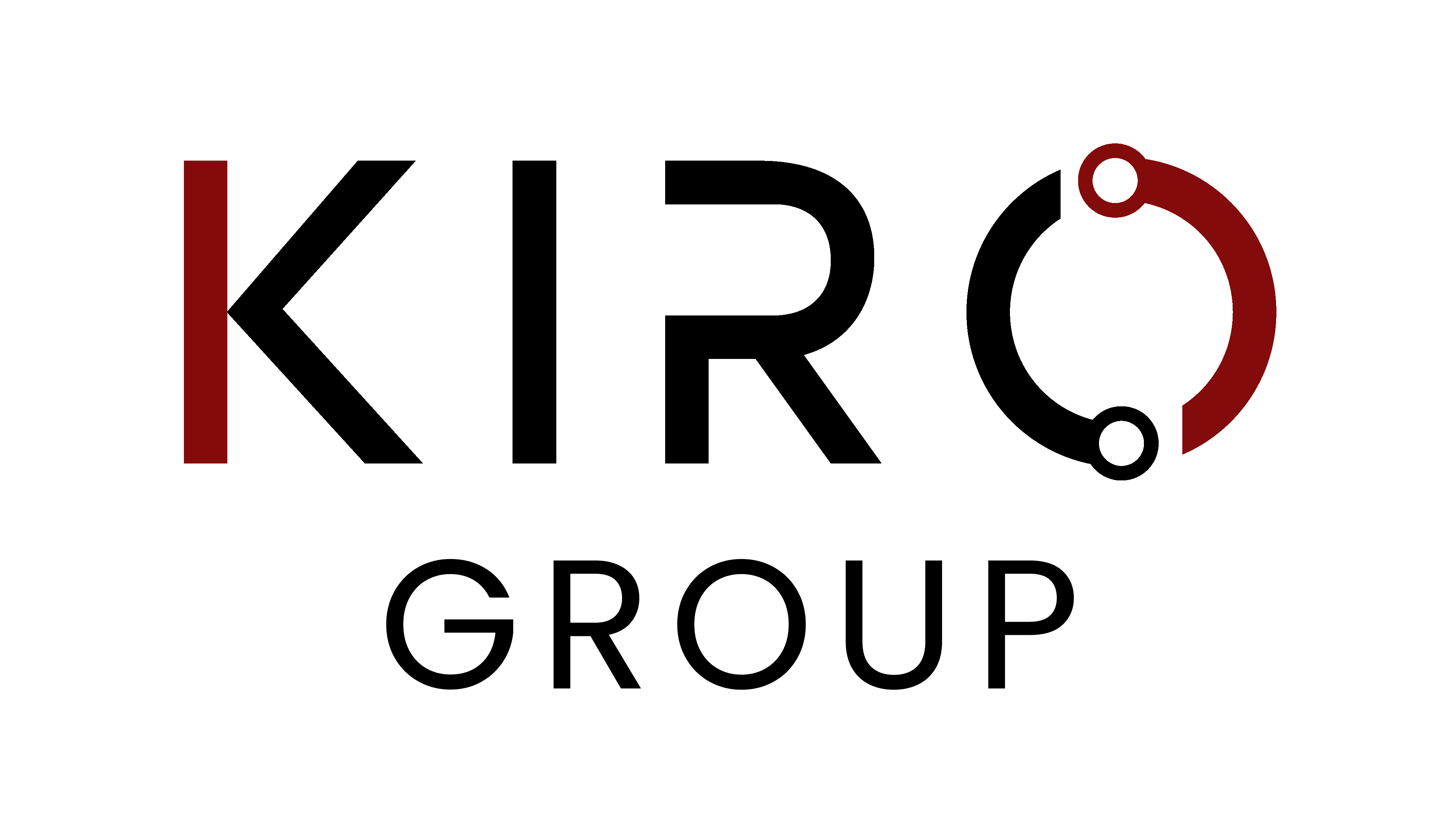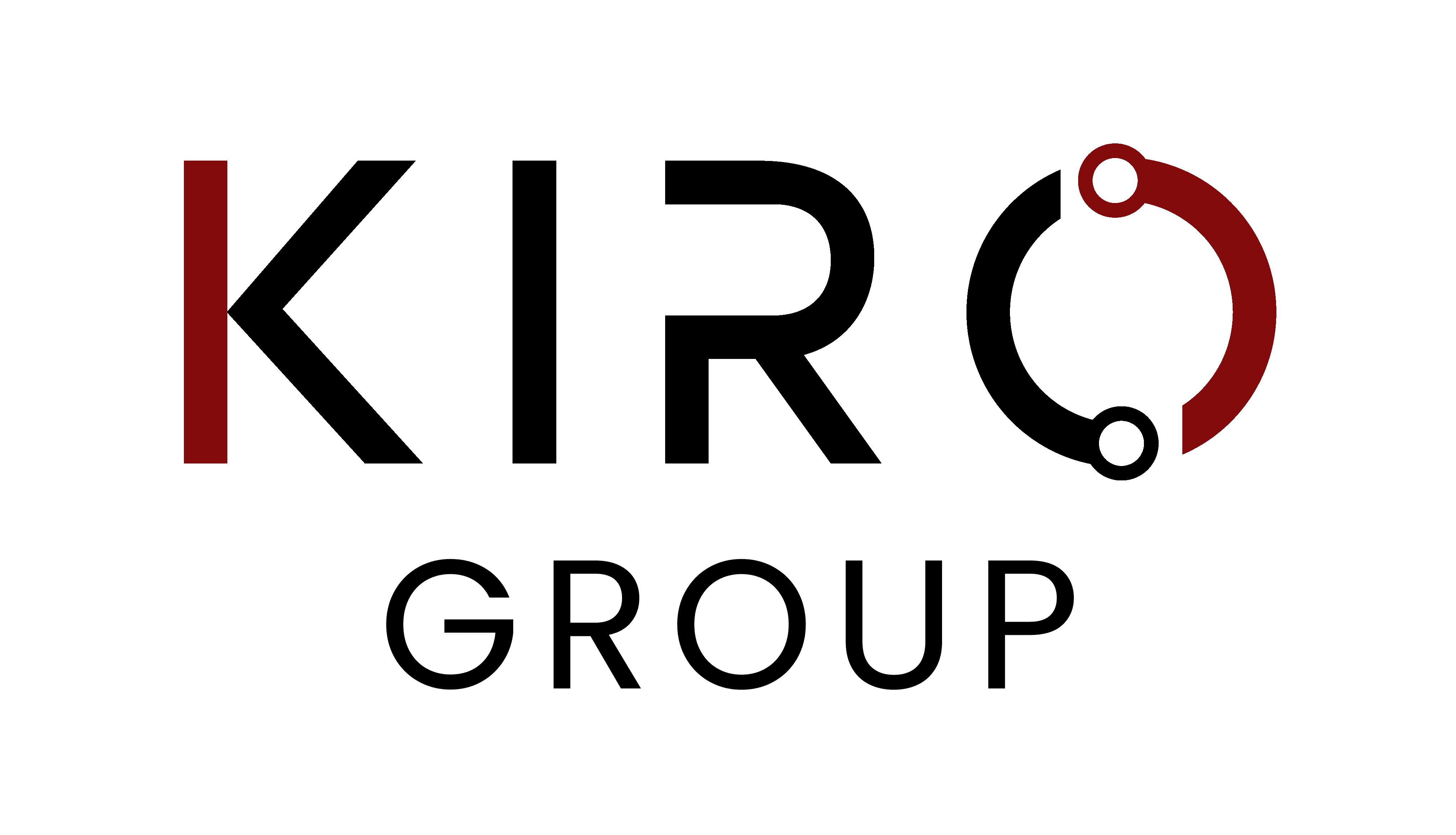There are many toolsets that identify themselves as NAC and vulnerability management; for the purpose of this blog, I will keep it high-level and vendor agnostic. If you’ve ever heard me speak at an event or had a security conversation with me, I talk a lot about connected architecture, and I’m going to clarify what I mean by that. You see, we have always taken the top right-hand quadrant approach to technology, and that has been the “strategy” for most over the past 3-5 years. If I pick the best, I’ll be secure. That approach used to be effective, but today’s threats have changed tactics in ways we expected but couldn’t imagine; take the supply chain breach as an example. In today’s workforce, we need to invest in not only a strategy built around people and processes; but toolsets that share information as part of the Internet Security Alliance, which focuses on “ combining technology, Public Policy, and Economics to create a sustainable system of cybersecurity.”
Now that we got the high-level stuff out of the way, lets dive into some ways to utilize these toolsets to help your organization automate and combine access control with vulnerability management. Over the years, many NAC products have grown into more than needing to authenticate a machine as our employees are utilizing various devices in order to get to today’s application, sometimes hosting critical data. As the technology in the NAC space expanded, the process and way we attack the problem have certainly changed, and you need an experienced company that understands your organization, the stakeholders involved and bring them together to solve today’s business challenges.
This is where the connected architecture story comes into play, where we can utilize other toolsets that provide Vulnerability Management. Vulnerability management, in short, is the “cyclical practice of identifying, classifying, prioritizing, remediating, and mitigating software vulnerabilities. In another blog, I will identify some of the toolsets, and they came in all shapes and sizes, from large manufacturers to open-source material. Basically, the solution is not only built-in but also the training of what you are looking for, i.e.,…. good vs bad.
Now for the fun part where these two solutions can be brought together to help you automate access control and improve your security posture. Basically, how this works is the vulnerability management tool is scanning ALL devices within the environment (on-premises & Cloud) and comes back with a Common Vulnerability Scoring System (CVSS). Based on the decisions of the organization, we can take a very proactive approach and define what we are comfortable seeing. For example, perhaps your organization identifies a corporate or rouge machine that gives us a failing score that we aren’t comfortable with. This vulnerability software can be connected to your NAC software and automate/remediate by removing that device off the network and letting your key stakeholders know that something happened. The simple answer is that a machine that could potentially be a security flaw is isolated off the network until further evaluated. There are various ways to automate and implement security processes into your organization that enhance your business goals.
If you would like to learn more about this technology or how to improve your security posture, reach out to us at info@kirogroup.io.




